When we think of “health,” the first things that come to mind are often balanced meals, working out, and going to the doctor. These things are important, but health is not just not being sick. In the same way, “wellbeing” is not just about being happy or relaxed; it is a much bigger idea that includes our physical, mental, emotional, and social quality of life.
Wellness and health are very closely linked, to be honest. To live a balanced life and build long-term physical and mental strength, you need to understand this connection.
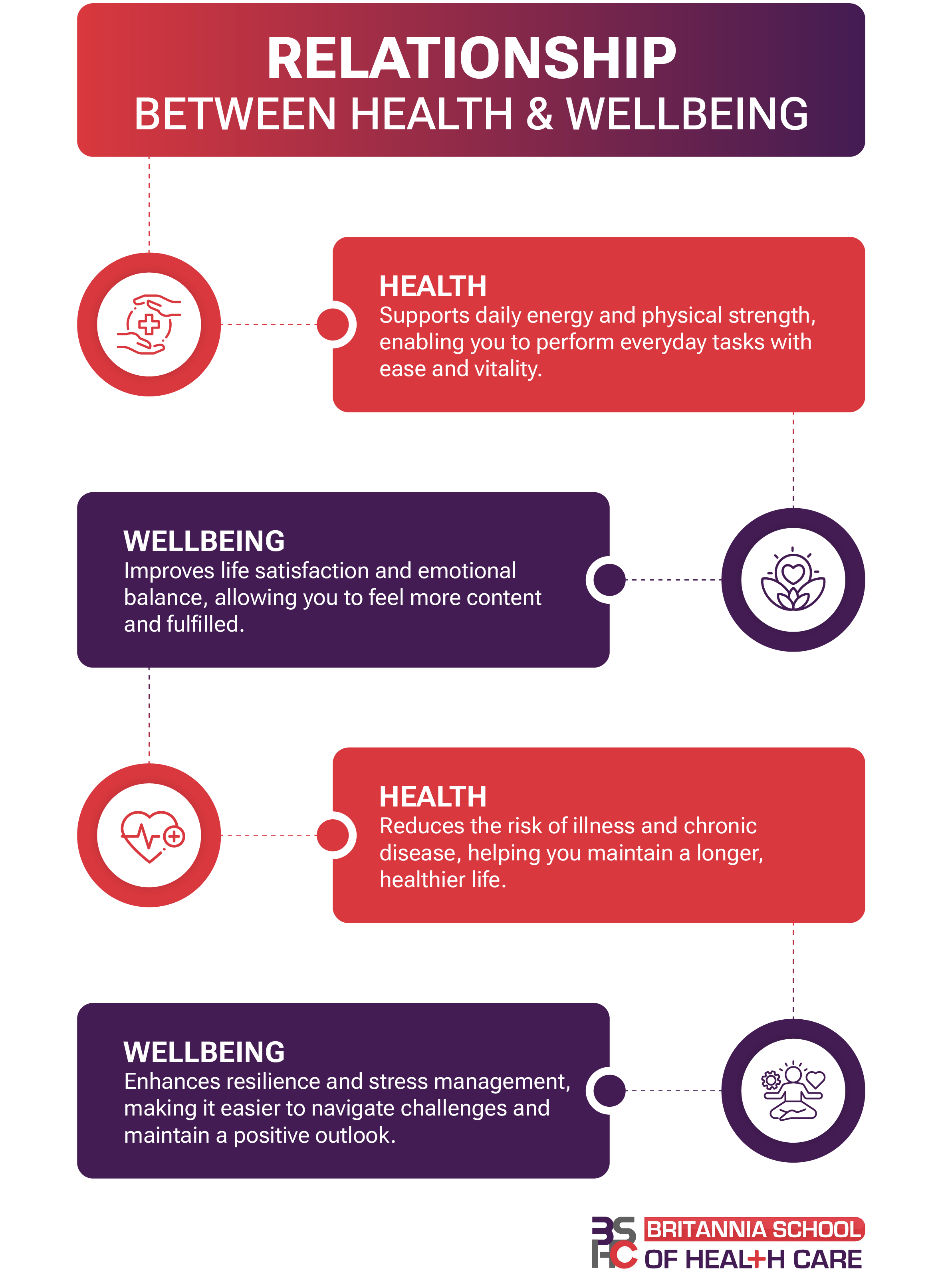
What is Health?
The World Health Organization (WHO) defines health as “a state of complete physical, mental and social wellbeing, and not merely the absence of disease or infirmity.” This definition already hints at the overlap between health and wellbeing, it recognises that good health is more than just avoiding illness.
Health encompasses:

Physical health – The proper functioning of the body, including nutrition, exercise, sleep, and disease prevention.

Mental health – Emotional stability, cognitive clarity, and the ability to manage stress.

Social health – Healthy, supportive relationships and meaningful social connections.
What is Wellbeing?
Wellbeing is a more personal sense of happiness, contentment, and balance in life. It is about how we feel, how we act, and how we see our lives. Health can be measured in medical terms, but wellbeing is often measured by how happy, purposeful, and good people feel about their lives.
The key dimensions of wellbeing are:
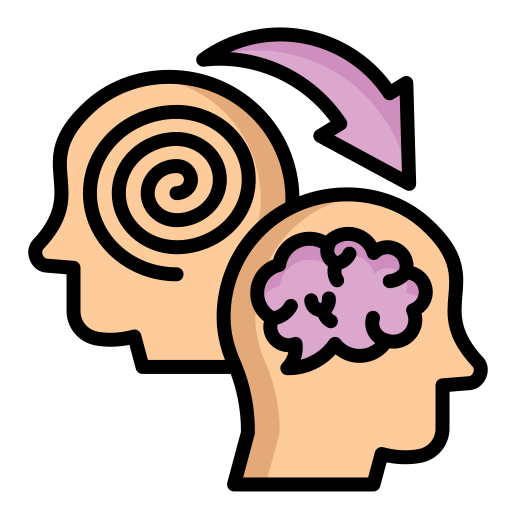
Emotional wellbeing means being able to feel good and deal with bad feelings in a healthy way.
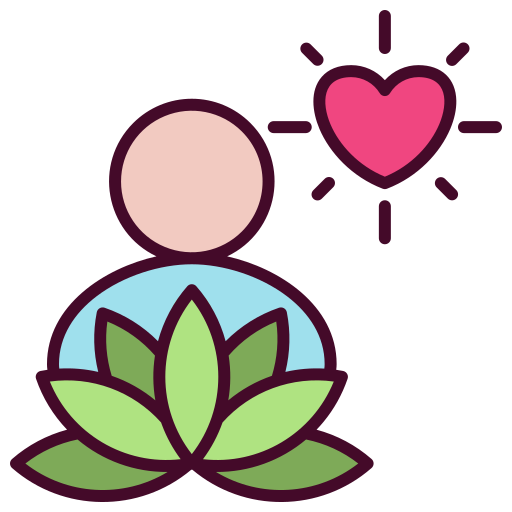
Psychological wellbeing means having a sense of purpose, growing as a person, and being in charge of your own life.

Social wellbeing means feeling like you belong, are valued, and are supported by a community.

Workplace wellbeing means being happy, engaged, and respected at work.
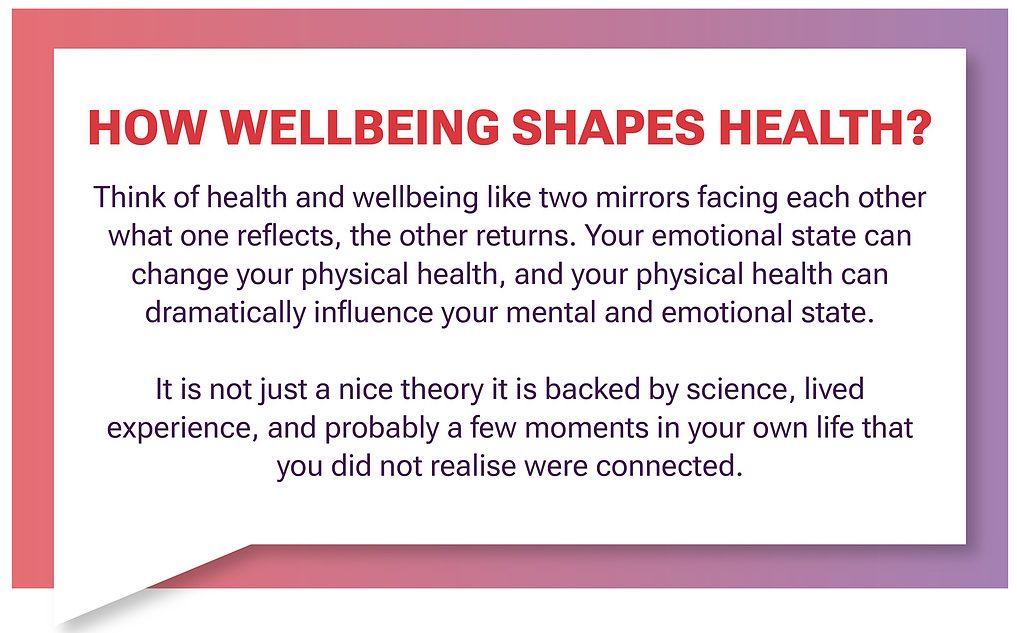
The Link Between Health and Wellbeing
The connection between the two is cyclical: good health supports wellbeing, and positive wellbeing supports good health.
Physical Health Influences Wellbeing
When the body is healthy, daily life feels easier. Chronic illnesses, pain, or fatigue can lower mood, limit social interactions, and reduce life satisfaction. Conversely, being physically fit increases energy levels, enhances mood, and boosts confidence—key contributors to overall wellbeing.
Mental Health Impacts Physical Health
Poor mental health, such as depression or chronic stress, can lead to physical problems including heart disease, weakened immunity, and digestive issues. On the other hand, maintaining emotional balance through stress management, therapy, and mindfulness can improve sleep, immunity, and recovery from illness.
Social Factors Bridge the Two
Humans are social beings. Strong, positive relationships act as a protective factor for both mental and physical health. Isolation, by contrast, can increase the risk of mental health issues and even shorten life expectancy.
The Vicious Cycle vs. The Virtuous Cycle
The connection between health and wellbeing can create two very different life patterns — a vicious cycle or a virtuous cycle. Understanding these two cycles can help you identify where you are now and take steps to break the negative pattern or strengthen the positive one.
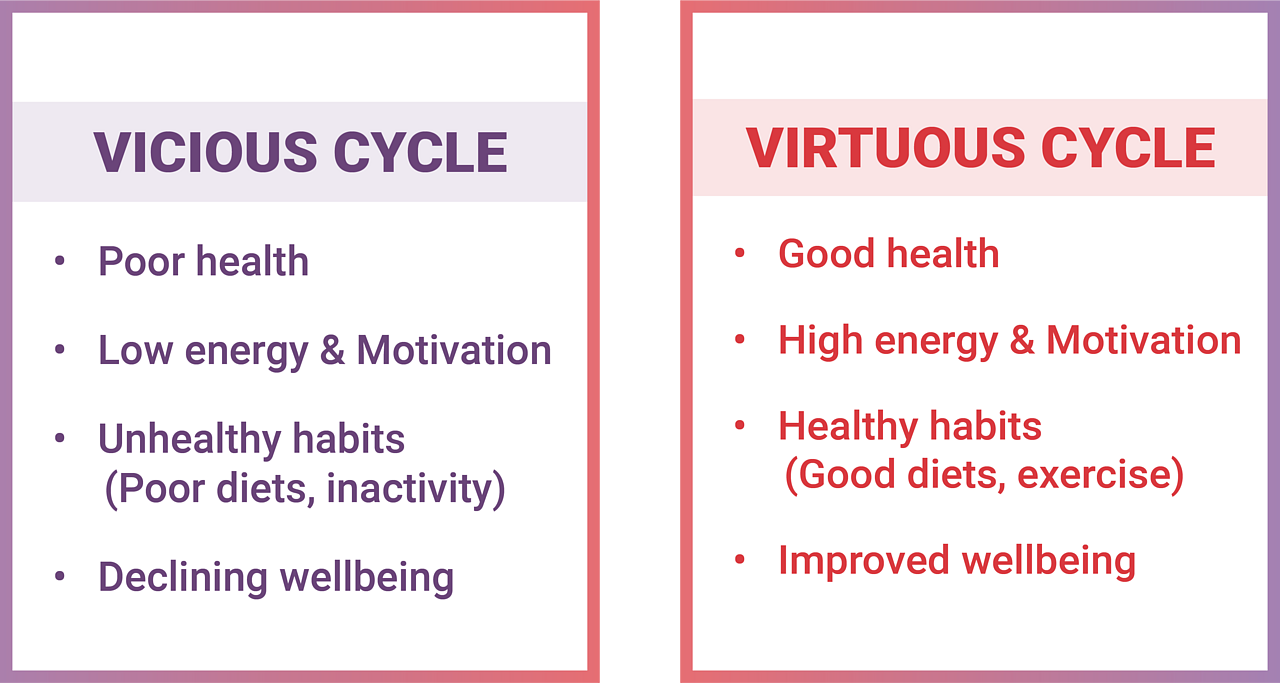
Vicious cycle: Poor health often leads to low energy, reduced motivation, and unhealthy habits like poor diet and inactivity. These habits, in turn, lower mental wellbeing, create stress, and worsen physical health. Over time, this downward spiral increases the risk of chronic illness, anxiety, and social withdrawal.
Virtuous cycle: On the other hand, good health fuels energy and motivation, encouraging healthy habits such as regular exercise, balanced nutrition, and quality sleep. These habits boost mood, reduce stress, and strengthen mental resilience. In turn, better mental wellbeing supports long-term physical health, creating a positive upward spiral.
Lifestyle Choices That Strengthen Both
Your health and wellbeing go hand in hand. By making small, positive choices every day like moving more, eating well, and managing stress, you can boost your fitness, feel mentally stronger, and enjoy life to the fullest. Certain lifestyle habits can boost both simultaneously:
- Balanced Nutrition – A diet rich in fruits, vegetables, whole grains, and lean proteins supports physical health and improves mood stability. Certain nutrients like omega-3 fatty acids are linked to reduced depression symptoms.
- Regular Exercise – Physical activity improves cardiovascular fitness, strengthens muscles, and boosts endorphins, the brain chemicals responsible for feelings of happiness.
- Quality Sleep – Adequate rest allows the body to repair itself and the mind to process emotions, reducing anxiety and irritability.
- Stress Reduction – Practices such as yoga, deep breathing, or even simple walks in nature help regulate cortisol, the stress hormone.
- Social Engagement – Volunteering, joining community groups, or simply keeping in touch with loved ones strengthens mental resilience and promotes longevity.
Barriers to Achieving Health and Wellbeing
Despite knowing the benefits, many people struggle to achieve both health and wellbeing due to:
- Time pressures – Busy work schedules often push self-care to the bottom of the list.
- Financial limitations – Healthy food, gym memberships, and wellness activities can be costly.
- Lack of awareness – People may not realise how much mental health affects physical health.
- Cultural factors– In some cultures, talking about mental wellbeing is still stigmatised.
Overcoming these barriers requires not only personal effort but also supportive environments—both at work and in communities—that encourage healthy habits.
The Role of Public Policy and Organisations
Governments, healthcare providers, and workplaces play a significant role in supporting the relationship between health and wellbeing. By treating wellbeing as a public health priority, societies can reduce healthcare costs and improve quality of life for citizens.
Examples include:
- Healthcare systems that integrate mental health services into routine care.
- Workplace wellness programmes that encourage breaks, exercise, and stress management.
- Community initiatives like free outdoor fitness classes, mental health workshops, or local support groups.
Final Takeaway
Health and wellbeing are not separate paths; they are two sides of the same journey. When you nurture your mental and emotional state, your body benefits. When you strengthen your body, your mind thrives. The most powerful changes often start small a walk in the sun, a heartfelt conversation, a nourishing meal. Over time, these simple acts create a foundation where health and happiness grow together. Invest in both, and you’re not just adding years to your life you are adding life to your years.

